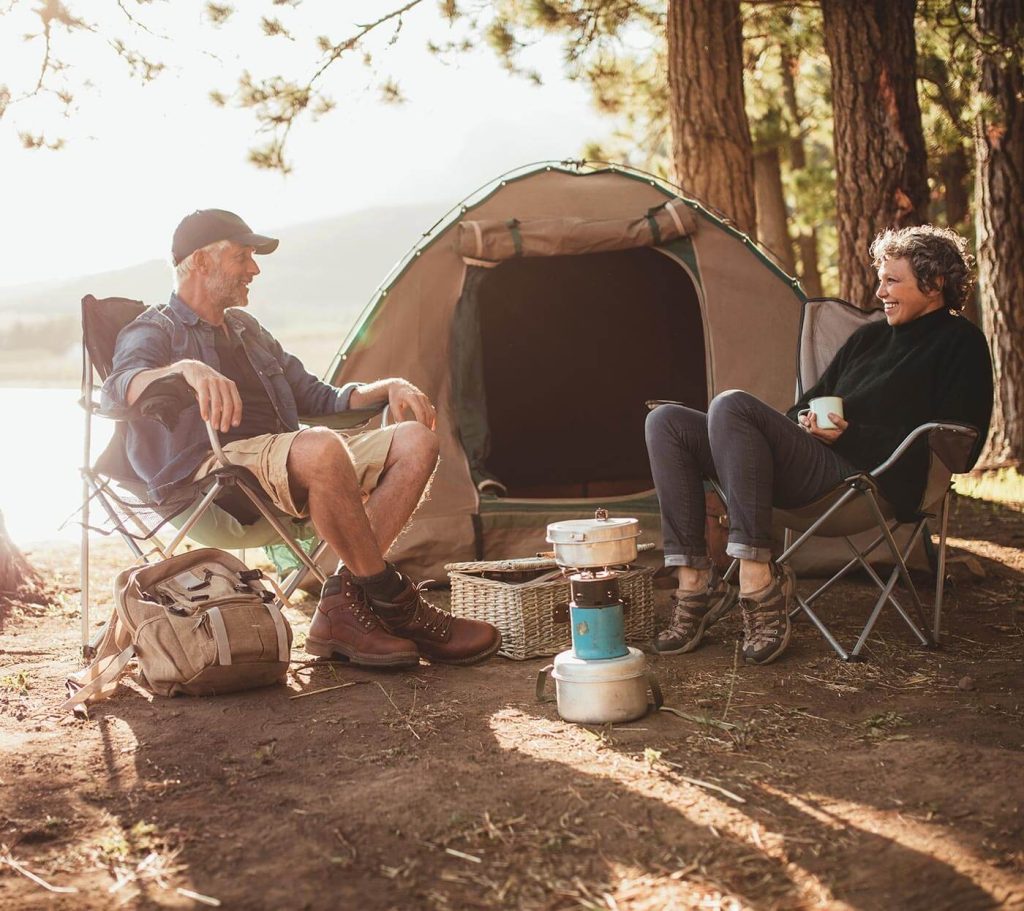How to Choose the Right Sleeping Bag for Different Camping Seasons
Have you ever spent a night shivering in your tent, counting the hours until sunrise? Or woken up drenched in sweat because your sleeping bag was too warm? Choosing the wrong sleeping bag doesn’t just ruin a good night's sleep—it can ruin the whole adventure.
To choose the right sleeping bag for different camping seasons, you must understand temperature ratings, insulation types, season classifications, and tog ratings. Always match your sleeping bag to the expected conditions.
Whether you’re a distributor, importer, or brand owner, offering the right sleeping bag options means better sales, fewer returns, and more satisfied end users. Here's how to make sure you're sourcing the right types.
What is a 3 season sleeping bag?
A camper might survive a cold night in the wrong bag, but they won’t forget it. Discomfort, poor sleep, or even mild hypothermia are risks no buyer wants.
A 3 season sleeping bag is designed for spring, summer, and autumn, with a comfort rating typically between -5°C and 5°C. It balances warmth and weight, ideal for varied weather.
What makes it different?
3 season sleeping bags are the most versatile option for most users. They are warm enough for chilly spring mornings but still breathable for summer nights. In product specs, you’ll usually see them rated for temperatures as low as -5°C, though some high-performance models go even lower. Their insulation type—synthetic or down—also affects how well they compress, their weight, and water resistance.
Here’s a quick comparison:
| Feature | 2 Season Bag | 3 Season Bag | 4 Season Bag |
|---|---|---|---|
| Comfort Temp | +5°C to +15°C | -5°C to +5°C | -10°C and below |
| Insulation Type | Mostly synthetic | Synthetic or down | Mostly down |
| Use Case | Warm weather | Mixed conditions | Cold winters/alpine trips |
For B2B buyers, offering a range of 3 season models can meet 70-80% of your customers’ needs, especially in temperate regions.
What is a 2.5 tog sleeping bag?
Many buyers confuse "tog" ratings with temperature ratings. They’re not the same. This confusion can lead to unhappy customers and high return rates.
A 2.5 tog sleeping bag is a lightweight option usually meant for room temperatures between 15°C and 20°C. It’s not suitable for outdoor use in cold weather.
Who is it for?
Tog ratings are more common in baby and toddler sleeping bags, often used indoors or in controlled environments. A 2.5 tog bag is perfect for mild indoor settings or warm nights in a tent during summer. However, it offers little insulation against wind or fluctuating outdoor temperatures. If you’re sourcing for baby products or family camping kits, this rating matters.
For outdoor applications, tog is rarely used. Focus on EN 13537 or ISO 23537 temperature ratings for adult sleeping bags instead. Here’s how tog compares to standard ratings:
| Tog Rating | Approx. Comfort Temp | Use Case |
|---|---|---|
| 0.5 | > 24°C | Hot summer rooms |
| 1.0 | 21°C - 24°C | Mild nights indoors |
| 2.5 | 15°C - 20°C | All-year indoor or warm outdoor |
| 3.5+ | < 15°C | Cold rooms or light winter use |
This matters when you're exporting to markets with parents looking for certified sleep-safe products.
How do I match sleeping bags to camping seasons?
Retailers often mislabel products as "all-season" without checking real-world performance. This leads to complaints and damaged brand trust.
Match the sleeping bag to the season by aligning the comfort temperature rating with expected nighttime lows for that time of year. Check certifications and test reports.
Practical sourcing guide
To make the right choice, focus on comfort ratings, not just extreme survival ratings. The most important figure is the “comfort” or “limit” temperature rating according to ISO 23537 standards. Always ask suppliers for certified reports.
Here’s a seasonal breakdown:
| Season | Temperature Range | Sleeping Bag Type | Notes |
|---|---|---|---|
| Summer | > 10°C | 1-2 season | Light, breathable |
| Spring/Autumn | 0°C - 10°C | 3 season | Balance of warmth and comfort |
| Winter | < 0°C | 4 season | Heavy, insulated, often down-filled |
When choosing suppliers, prioritize those who offer test data, detailed specs, and customization options. At Kingray, we ensure our sleeping bags meet international standards and fit the specific needs of your market.
Conclusion
The right sleeping bag doesn’t just keep you warm—it protects your comfort, your safety, and your reputation as a trusted brand. Let your customers sleep better and explore more.
Looking to expand your sleeping bag line with reliable, certified products? Visit www.kingrayscn.com or email Lisa Wang at marketing@kingrayscn.com to learn more or schedule a sourcing consultation.


